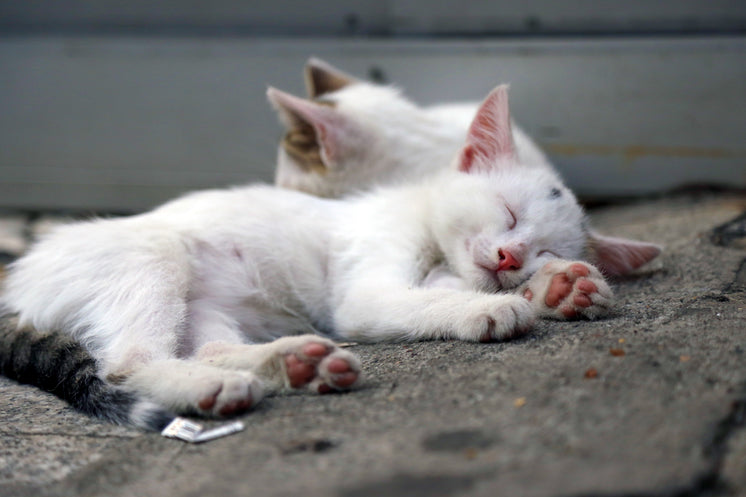The Psychology of Cat Litter Preference
The Psychology of Cat Litter Preference
Blog Article

Cat litter and litter boxes play a critical role in the lives of both cats and their owners. From the simple starts of sand and soil to the ingenious advancements of today, the world of cat litter has progressed substantially. In this comprehensive guide, we delve into every aspect of cat litter and litter boxes, exploring their history, types, benefits, difficulties, and whatever in between.
The history of cat litter go back centuries, with ancient civilizations utilizing sand, soil, and even ashes as primitive litter products. Nevertheless, it wasn't till the mid-20th century that modern-day cat litter as we understand it emerged. In 1947, Edward Lowe presented the world's very first business cat litter made from absorbent clay, revolutionizing the way felines relieved themselves indoors. Since then, cat litter has undergone numerous transformations, with the intro of clumping litter, silica gel litter, eco-friendly alternatives, and more.
Today, feline owners are ruined for option when it concerns choosing the best litter for their feline companions. Traditional clay litter remains popular for its price and efficiency in soaking up smells. Clumping litter, which forms solid clumps when wet, simplifies cleaning and upkeep. Silica gel litter, made up of extremely absorbent silica crystals, provides superior odor control and durability. Eco-friendly choices, such as recycled paper, wood pellets, corn, and wheat, attract environmentally conscious customers.
Each type of cat litter offers unique benefits. Clay litter masters its ability to absorb wetness and control smells, making it a reputable choice for lots of feline owners. Clumping litter simplifies daily scooping and extends the time in between complete litter changes. cat litter pellets Silica gel litter offers remarkable odor control and can last longer in between replacements. Naturally degradable litters offer a sustainable option that lessens environmental effect.
While cat litter improves indoor feline hygiene, it is not without its obstacles. Dust from clay litter can present respiratory threats for both felines and humans, triggering the popularity of dust-free alternatives. Some felines may establish litter box aversion due to concerns with texture, fragrance, or cleanliness, requiring experimentation with various litters and box configurations. Multi-cat families may require tactical litter box placement and frequent upkeep to prevent territorial conflicts and ensure all cats have access to tidy facilities.
Picking the suitable litter box is essential for promoting favorable litter box habits and total feline well-being. Aspects to think about include size, availability, and design choices. Covered litter boxes provide personal privacy and help contain smells, however some cats may discover them confining or daunting. Open-top litter boxes use easy gain access Litter Box Mats to and visibility however might result in more litter scatter. Automatic self-cleaning litter boxes simplify maintenance however require regular tracking and upkeep.
Appropriate litter box upkeep is essential for making sure a clean and inviting environment for both felines and their owners. Daily scooping removes waste without delay, reducing smell and preventing litter box aversion. Routine litter replacement, normally every 1-2 weeks, avoids bacterial accumulation and maintains ideal cat litter box enclosure absorbency. Thorough cleaning with moderate detergent and water, avoiding severe chemicals that might discourage felines from utilizing the box, ought to be carried out monthly.
Cat litter and litter boxes play a main role in promoting a healthy and unified relationship in between cats and their human companions. With a diverse variety of litter alternatives and litter box designs offered, feline owners have the versatility to customize their choices to suit their cats' choices and family needs. By understanding the development, types, advantages, and obstacles of cat litter and litter boxes, family pet owners can provide their feline buddies with a comfortable and hygienic indoor environment.